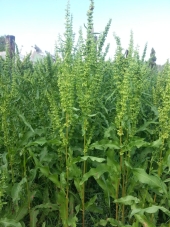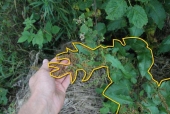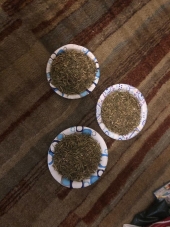
 1
1




 1
1




 3
3




Idle dreamer
 2
2




Sometimes the answer is not to cross an old bridge, nor to burn it, but to build a better bridge.




If you get too far from the stone age .. things go haywire.
 2
2




DustyTrails wrote:
Easy Way - wait until the wind is about 30 MPH and pour from one bowl into another.
Hard - turn on the box fan.
Sometimes the answer is not to cross an old bridge, nor to burn it, but to build a better bridge.




If you get too far from the stone age .. things go haywire.
 2
2




 2
2




Idle dreamer
 3
3












 4
4




 1
1




 1
1




























 3
3








 2
2




 2
2








 1
1





 It was hidden in plain site. I'm going to make some crackers again or try my hand at the bread soon. I'll let you know how that turns out.
It was hidden in plain site. I'm going to make some crackers again or try my hand at the bread soon. I'll let you know how that turns out. 




 8
8





|
Who knew that furniture could be so violent? Put this tiny ad out there to see what happens:
Rocket Mass Heater Resources Wiki
https://permies.com/w/rmh-resources
|







